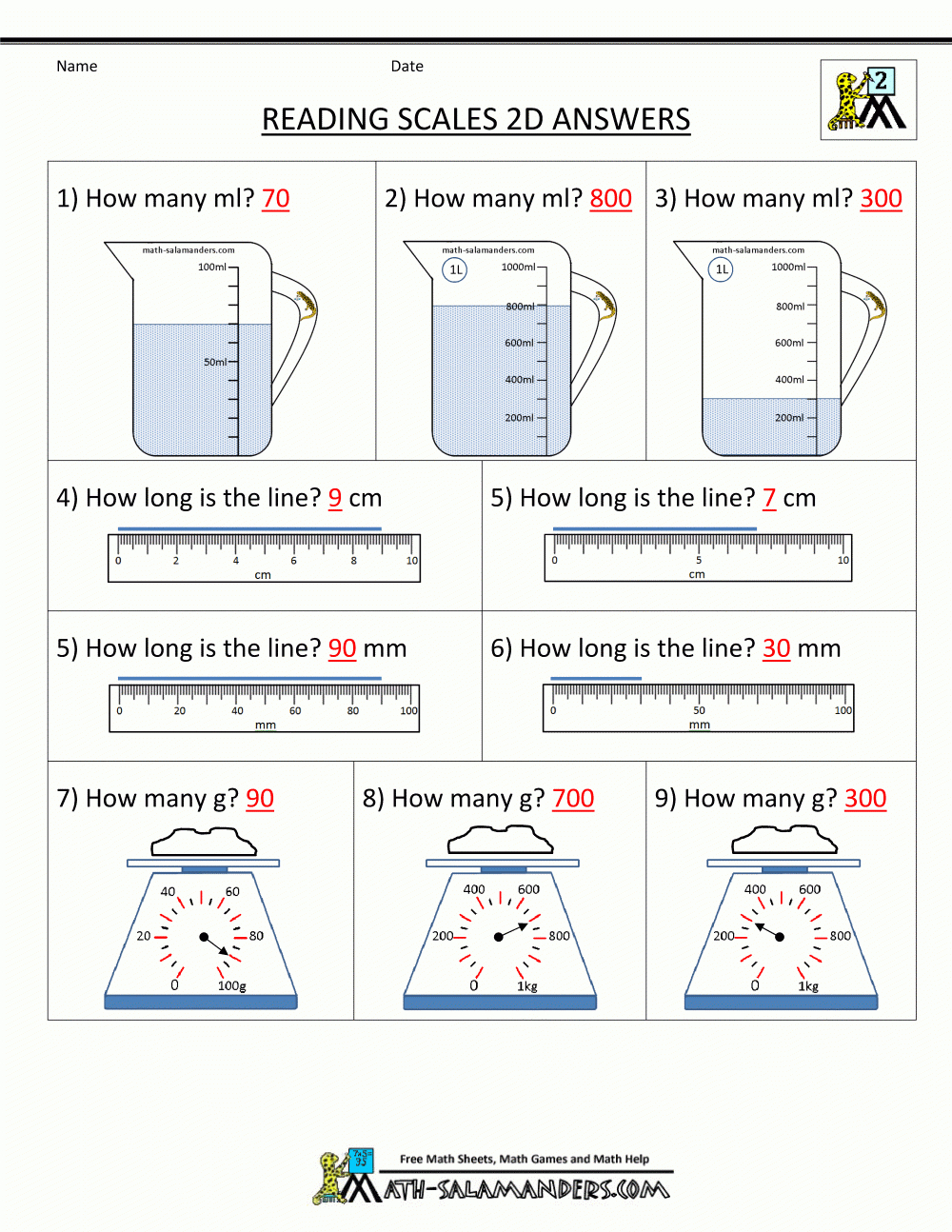

It is important to note (and sometimes confusing) that mixing colors of light doesn't behave the same as mixing paint. What happens when you mix red and green light? If yellow wasn't your first guess, this activity will help! In the Colored Shadows activity, students use flashlights and colored cellophane to create shadows and explore the science of additive and subtractive colors of light.

Note: Students interested in further exploring the science behind an infinity mirror can experiment by building their own electronic version in the Explore Optical Illusions: Build an Infinity Mirror and Use an Arduino™ to Control a Color-Changing Infinity Mirror projects. In this activity, students use white light to create a simulated sunset in a jar!) Questions: Why is the sky viewed from the Moon always dark, but the sky viewed from Earth seems to have many colors at different times of the day? How does milk act like the Earth's atmosphere in this experiment? ( Note: For an informal exploration of sky colors, see the Sunset Colors in a Glass activity. If the light in our sky is all white light from the sun, why does it appear different colors at different times of day? In the Sky Science lesson, students explore how the colors we see in the sky are related to how light from the sun passes through our atmosphere. It contains all the colors, which we can see in rainbow form when light is refracted by a prism, for example. Questions: Are there any materials that allow all light through? Are there any materials that absorb all light?ĭepending on the time of day and the weather, you might describe the sky as blue, or pink, or purple, or grey, or a combination of colors! What color is the sky really and what causes the colors we see? Light from the sun is white light. As they observe how much light passes through a material, students correlate their findings with whether a material is labeled as translucent, transparent, or opaque. In the Can You See Through Me? lesson, students experiment with materials to see how they absorb, scatter, transmit, or reflect light. Lesson Plans and Activities to Teach About the Science of Visible Light Light Science Lessons and Activities for Elementary School Students, Grades 1-3 Activities are simplified explorations that can be used in the classroom or in informal learning environments.

Lesson Plans offer NGSS alignment, contain background materials to boost teacher confidence, even in areas that may be new to them, and include supplemental resources like worksheets, videos, discussion questions, and assessment materials. Note: Science Buddies Lesson Plans contain materials to support educators leading hands-on STEM learning with students. While we have loosely sorted the resources below into grade levels, we encourage you to review all grade levels.)įor a summary of important concepts and key terms to review with students, see the information and vocabulary words at the bottom of this resource. Our informal STEM activities have been designed for use with a wide range of ages. They can still be adapted by educators for use in other classes. ( Note: Our lesson plans offer NGSS-alignment information for specific grades. The resources below have been grouped by grade band to help educators select the experiments and lessons that best fit their needs.
Free physics science worksheets free#
These preschool number worksheets come in black and white only, and can be laminated after your child have decorated the picture and made into a fun book to look back on.The free STEM lessons and activities below help educators teach K-12 students about the science of light, specifically, visible light, with hands-on exploration and active learning. Whether you are a parent, teacher, or homeschooler – you will love these free color by number printables. Kids will love revealing the hidden pictures as they colour these color by number printables with a fun science theme. As you plan lots of fun, hands-on educational activities to get children excited about learning – grab these color by number worksheets where children will work on numbers 1-10. Young children learn better when they have super fun and cute activities like these color by number for preschoolers.


 0 kommentar(er)
0 kommentar(er)
